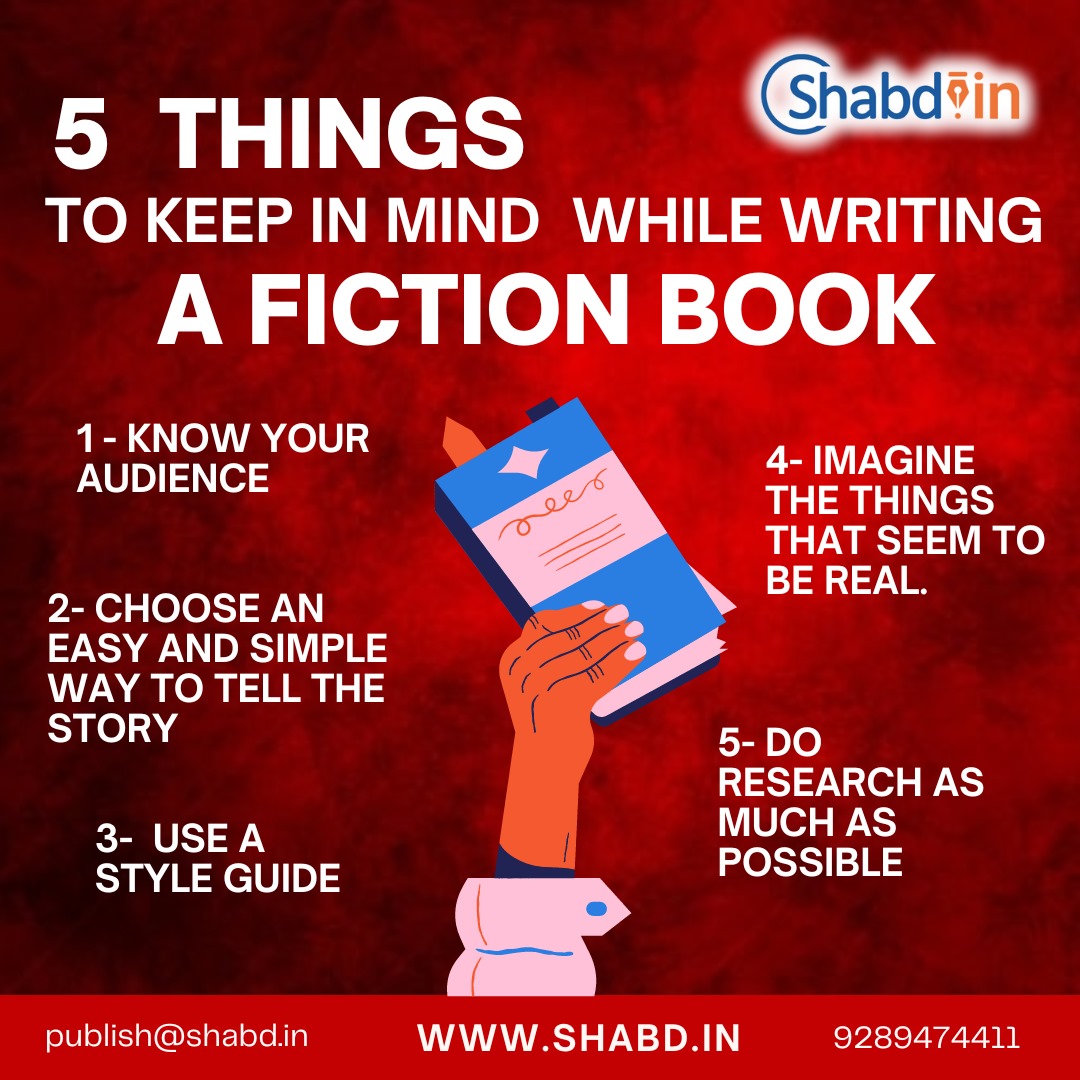When writing a fiction book, keeping certain guidelines in mind can help create a compelling and engaging story. Here’s an expanded look at each of these points:
1. Know Your Audience
Understanding who your readers are is crucial. Are you writing for young adults, adults, or children? Different audiences have different preferences, reading levels, and expectations. Knowing your audience helps in tailoring the language, themes, and complexity of your story to suit their tastes, ensuring the book resonates with them.
2. Choose an Easy and Simple Way to Tell the Story
Simplicity in storytelling doesn’t mean the story lacks depth or intrigue. Instead, it involves presenting the narrative in a clear and straightforward manner. Use language that is accessible to your intended audience, and structure your story in a way that is easy to follow. Avoid overly complicated plots or excessive jargon that might confuse or alienate readers.
3. Do Research as Much as Possible
Research is key to creating a believable and immersive world, especially if your story involves historical settings, technical details, or cultural elements unfamiliar to you. Accurate details can add authenticity to your story, making it more engaging for readers. Research also helps prevent errors that could distract or frustrate readers who are knowledgeable about the subject matter.
4. Imagine the Things That Seem to Be Real
Even if you are writing fantasy or science fiction, grounding elements of your story in reality can make it more relatable. Create characters, settings, and scenarios that feel real and believable within the context of your world. This can involve drawing on real emotions, human experiences, or plausible scientific principles. Readers are more likely to connect with a story when they can recognize aspects of their own world in it.
5. Use a Style Guide
Consistency in writing is vital for maintaining a professional and polished narrative. A style guide can help ensure consistency in grammar, punctuation, and formatting throughout your manuscript. It can also assist in maintaining a consistent voice and tone, which is crucial for reader engagement. Many publishing houses have their own style guides, but you can also create a personal one or use established guides like the Chicago Manual of Style or the AP Stylebook.
By keeping these five points in mind, you’ll be better equipped to write a fiction book that is engaging, coherent, and appealing to your target audience.

